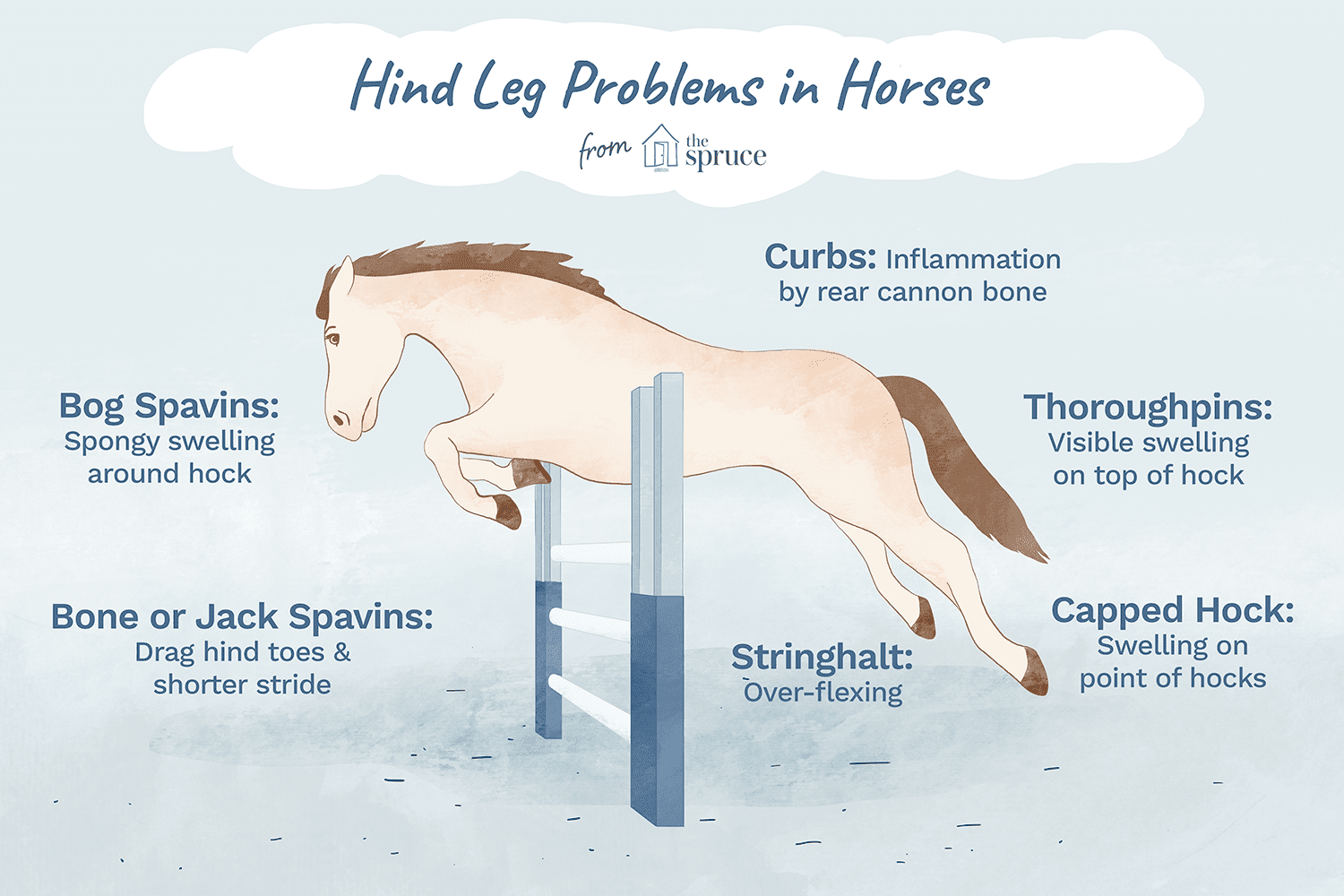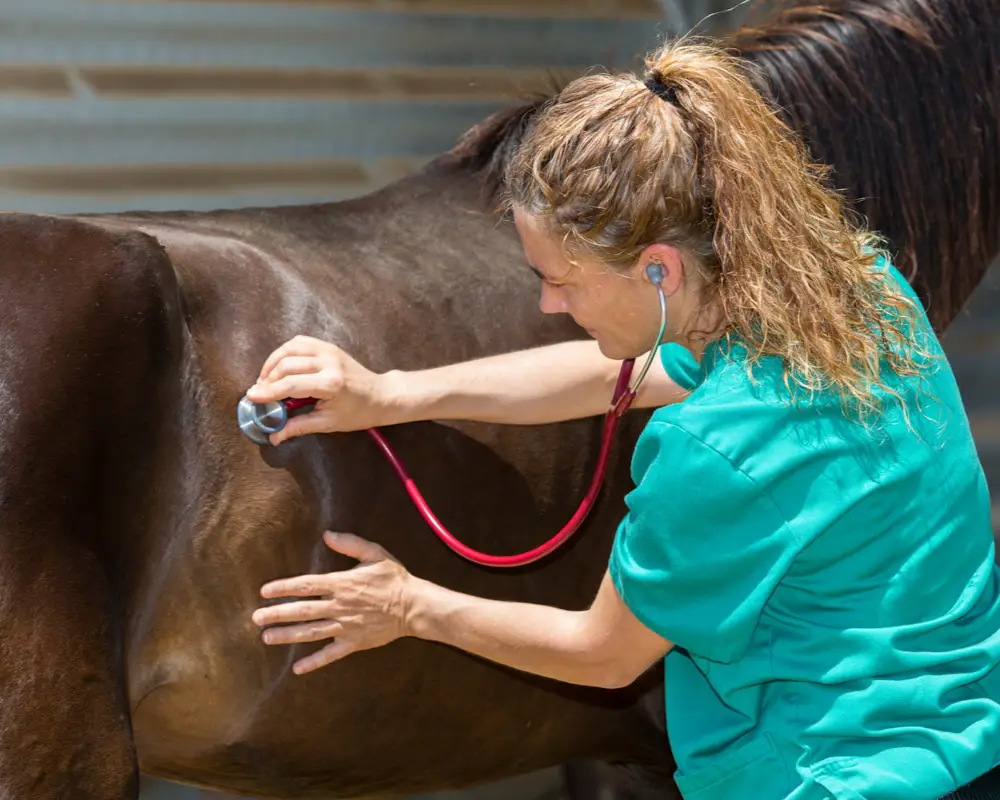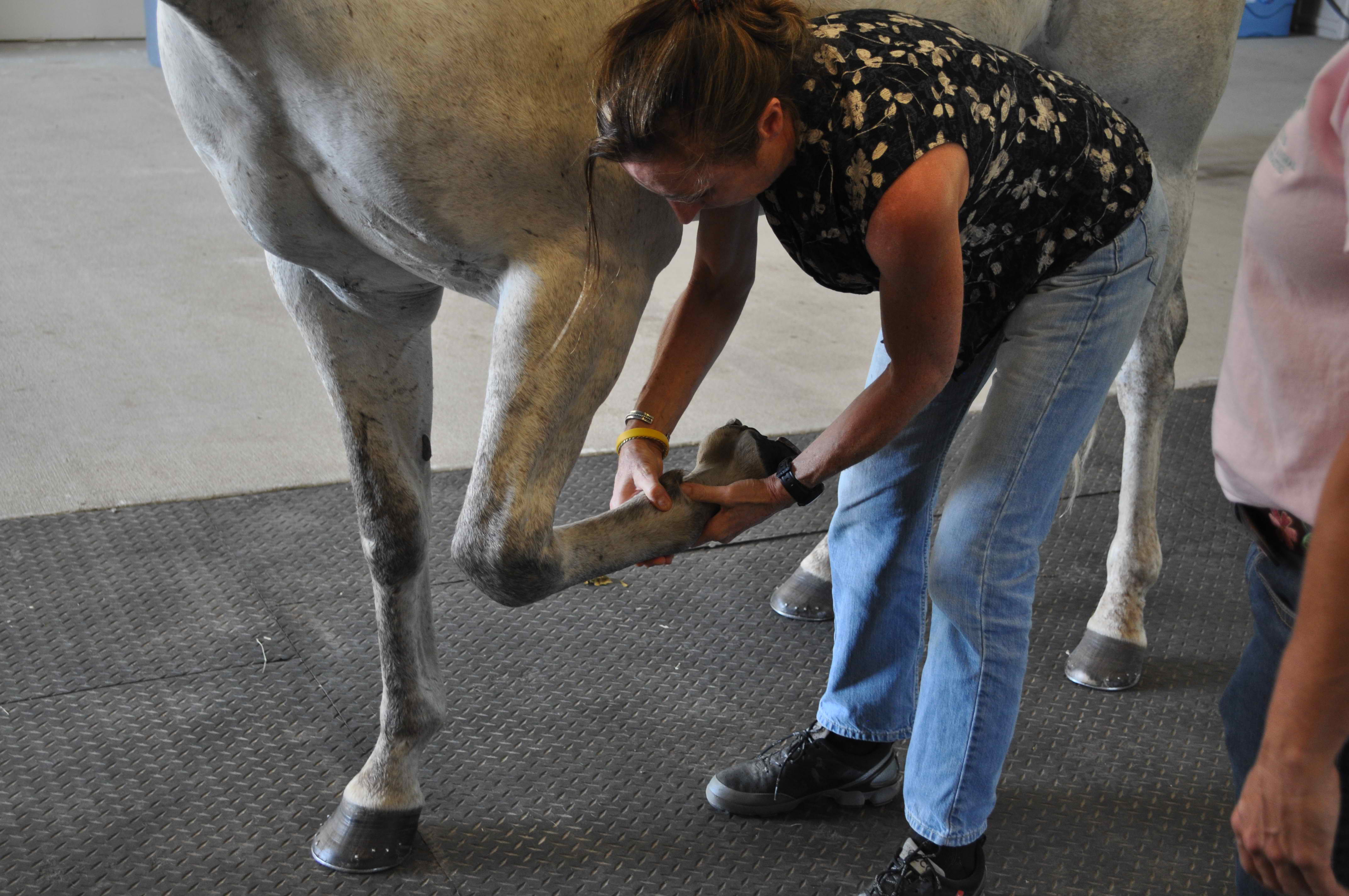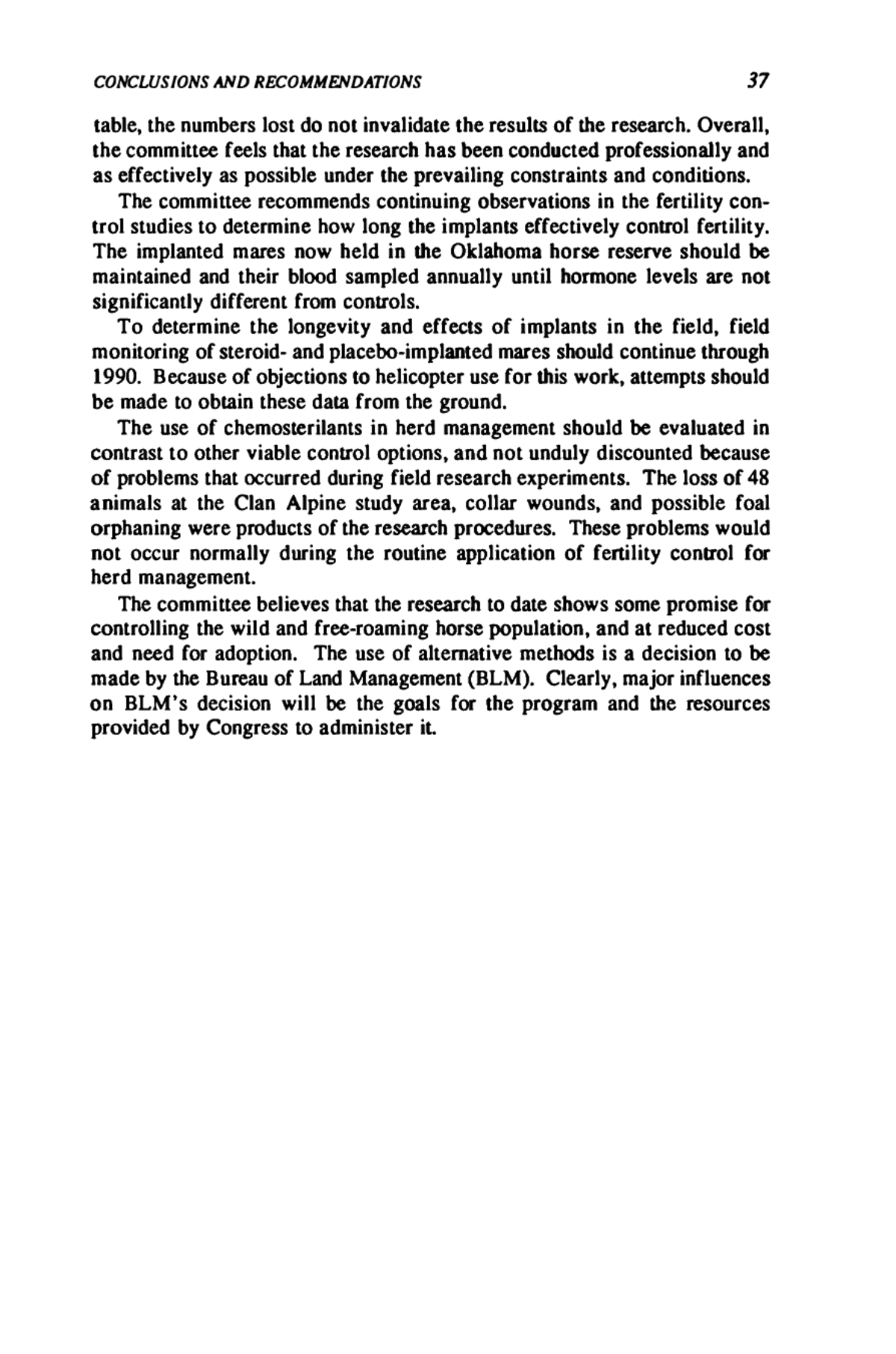Owning a horse can be a deeply rewarding experience, but it also comes with its fair share of challenges. One common issue that horse owners may encounter is when their horse starts dragging its back feet. This can be a cause for concern and may indicate an underlying health or behavioral issue that needs to be addressed. In this article, we will delve into the various reasons why a horse may exhibit this behavior, as well as ways to identify and address the root cause.
Understanding Horse Behavior and Health

Before delving into the specific reasons why a horse may drag its back feet, it’s important to have a basic understanding of equine behavior and health. Horses are large, powerful animals with complex physical and emotional needs. They are also prey animals, which means they are naturally inclined to hide signs of weakness or pain. As a result, it can sometimes be challenging to identify when a horse is experiencing discomfort or health issues.
Normal Movement and Gait
In order to recognize abnormal behavior in horses, it’s essential to understand their normal movement and gait. Horses are naturally graceful and agile creatures, capable of moving with precision and coordination. Their gait is characterized by a rhythmic movement of the legs, with each stride contributing to a smooth and fluid motion.
Common Health Issues
There are several common health issues that can impact a horse’s movement and gait. These include musculoskeletal problems, neurological disorders, and lameness issues. It’s important for horse owners to be vigilant and observant of their horse’s behavior, as early detection of these issues can greatly impact the prognosis and treatment options available.
Possible Reasons for a Horse Dragging His Back Feet

When a horse starts dragging its back feet, it’s crucial to investigate the potential causes. There are several reasons why this behavior may manifest, and each warrants careful consideration and assessment.
Musculoskeletal Issues
One common cause of a horse dragging its back feet is musculoskeletal issues. This can include problems with the horse’s hips, stifles, or hocks, which may lead to weakness or reduced mobility in the hind limbs. Injuries, arthritis, or degenerative conditions can all contribute to these issues, leading to dragging or stumbling.
Neurological Disorders
Neurological disorders can also impact a horse’s coordination and movement. Conditions such as equine protozoal myeloencephalitis (EPM), spinal cord injuries, or nerve damage can result in weakness or loss of control in the hind limbs, causing the horse to drag its feet.
Lameness
Lameness, which refers to any alteration in a horse’s gait, can be another reason for a horse to drag its back feet. Lameness can stem from various sources, including hoof problems, joint issues, or soft tissue injuries. It’s essential to have a veterinarian assess the horse to pinpoint the exact source of the lameness and develop an appropriate treatment plan.
Pain and Discomfort
Horses may also drag their back feet as a response to pain or discomfort. This can stem from a wide range of issues, including muscle soreness, back pain, or ill-fitting tack. It’s important for horse owners to consider the horse’s overall well-being and address any potential sources of discomfort.
Behavioral Issues
In some cases, a horse may drag its back feet due to behavioral issues. This can include resistance to cues from the rider, fear or anxiety, or simply being unaccustomed to certain movements or surfaces. Understanding the horse’s behavior and providing appropriate training and support can help mitigate these issues.
Identifying and Addressing the Issue

When a horse starts dragging its back feet, prompt action is crucial to prevent the issue from worsening. It’s essential for horse owners to be proactive in identifying the root cause and implementing appropriate measures to address the problem.
Observation and Evaluation
The first step in addressing the issue is careful observation and evaluation. Horse owners should watch their horse move in various settings and take note of any abnormal behavior. This can include video recording the horse’s movement for further analysis.
Veterinary Examination
Once abnormal behavior is noted, it’s essential to seek the expertise of a qualified veterinarian. A thorough physical examination, including observation of the horse’s gait, flexibility, and response to stimuli, can help identify any underlying health issues that may be contributing to the dragging of the back feet.
Diagnostic Tests
In some cases, diagnostic tests such as X-rays, ultrasounds, or neurological evaluations may be necessary to pinpoint the exact cause of the issue. These tests can provide valuable insights into the horse’s musculoskeletal and neurological health, guiding the development of an appropriate treatment plan.
Treatment and Rehabilitation
Once the root cause of the issue has been identified, a comprehensive treatment and rehabilitation plan can be developed. This may include medication, physical therapy, changes in management or training practices, or adjustments to the horse’s environment to promote healing and recovery.
Preventive Measures and Management

In addition to addressing the immediate issue of a horse dragging its back feet, there are several preventive measures and management practices that can help promote the overall well-being and soundness of horses.
Regular Veterinary Care
Regular veterinary check-ups are essential for maintaining the health and wellness of horses. Routine physical examinations, vaccinations, dental care, and hoof care can all contribute to preventing and identifying potential issues before they escalate.
Proper Nutrition and Exercise
A balanced diet and appropriate exercise regimen are crucial for keeping horses healthy and fit. Providing access to quality forage, supplements as needed, and a suitable exercise routine can help support the horse’s musculoskeletal health and overall vitality.
Corrective Shoeing and Tack Fitting
Ensuring that the horse’s feet are properly trimmed and shod, and that the tack fits comfortably and does not cause any discomfort, is essential for preventing gait abnormalities and lameness issues.
Training and Conditioning
Thoughtful and consistent training practices can help build a horse’s strength, coordination, and confidence. Gradual conditioning and exposure to different environments and stimuli can help reduce the likelihood of behavioral issues and resistance in the horse.
If you’re curious about equine behavior and want to understand why horses exhibit certain actions, check out our articles on why horses bob their heads, why horses put their ears back, and why horses flap their lips. You’ll gain valuable insights into the fascinating world of horse behavior and better understand why your horse may be dragging his back feet.
Conclusion

In conclusion, when a horse starts dragging its back feet, it can be a cause for concern and may indicate underlying health or behavioral issues. Understanding the potential reasons for this behavior, such as musculoskeletal issues, neurological disorders, lameness, pain, or behavioral issues, is crucial for prompt identification and intervention. By being proactive in observing, evaluating, and addressing the issue, horse owners can help ensure the well-being and soundness of their equine companions. Additionally, implementing preventive measures and management practices can contribute to the overall health and vitality of horses, promoting a fulfilling and enriching partnership between horse and owner.



